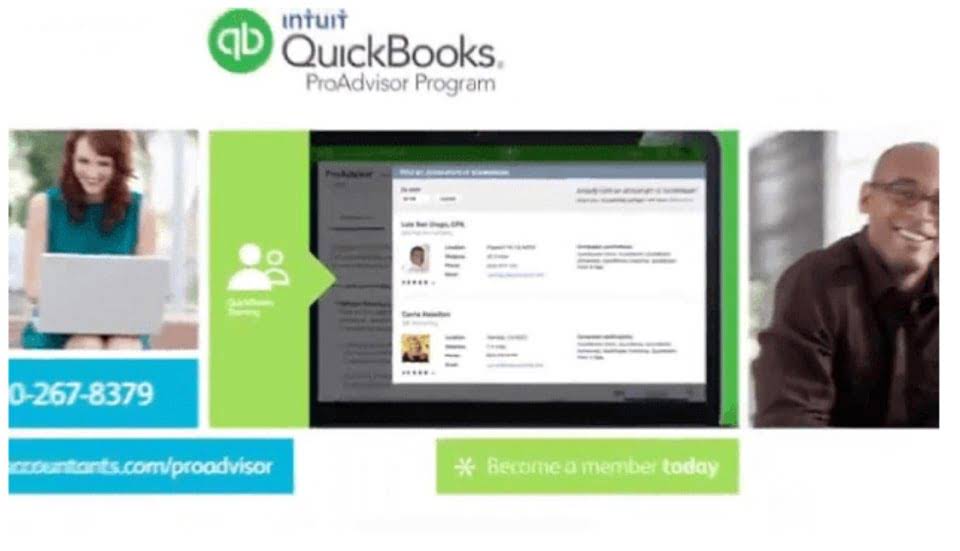
Auditors usually make use of the relationship of the three components of audit risk to determine an acceptable level of risk. In this case, as they cannot change the level of inherent and control risk, they need to change the level of detection risk to arrive at an acceptable level of audit risk. Also, audit risk formula can be in the form of risk of material misstatement and detection risk. This is due to the risk of material misstatement is the combination of inherent risk and control risk. The risk of material misstatement is under the control of management of the company and the auditor can only directly manipulate detection risk.
- Inherent risk is based on factors that ultimately affect many accounts or are peculiar to a specific assertion.
- Where the auditor’s assessment of inherent and control risk is high, the detection risk is set at a lower level to keep the audit risk at an acceptable level.
- The risk of material misstatement is even higher if there is believed to be insufficient internal controls, which is also a fraud risk.
- The audit risk model helps assess this level of risk, making it a useful tool to employ during the planning stages of any financial audit.
- As the stakes are high, mastering audit risk is not only about safeguarding reputation but also about ensuring financial integrity.
Risk Assessment in Auditing: How Auditors Identify and Evaluate Risks
They only state that auditors should reduce the audit risk to an acceptably low level. Hence, auditors’ professional judgment which is based on their knowledge and experience is very important audit risk model here. Acceptable audit risk is the concept that auditors need to obtain sufficient appropriate audit evidence to draw reasonable conclusions on which to base the audit opinion.
Financial Statements of Audit Risk Model
AuditBoard is the leading cloud-based platform transforming audit, risk, ESG, and InfoSec management. Nearly 50% of the Fortune 500 leverage AuditBoard to move their businesses forward with greater clarity and agility. Inherent risk arises due to susceptibility of an item to misstatement due to its nature. For example, there is inherent risk of misstatement in estimates because they involve judgement. 4See AS 1105, Audit Evidence, for a description of financial statement assertions.
What Is an Audit Risk Model?
Detection risk can be reduced by auditors by increasing the number of sampled transactions for detailed testing. These three risks are multiplied together to calculate overall audit risk, or the risk of an auditor drawing inaccurate conclusions. And becomesmore specific as the auditor or audit firm learns about the audited entity. If one of the “x” variables increases, the resulting “y” variable will increase too. Likewise, if an “x” variable decreases, the resulting “y” variable decreases. When combined multiplicatively, auditors gain a more accurate representation of the audit risk.

If inherent risk and control risk are assumed to be 60% each, detection risk has to be set at 27.8% in order to prevent the overall audit risk from exceeding 10%. Detection Risk is the risk that the auditors fail to detect a material misstatement in the financial statements. Audit risk may be considered as the product of the various risks which may be encountered in the performance of the audit. In order to keep the overall audit risk of engagements below acceptable limit, the auditor must assess the level of risk pertaining to each component of audit risk. The audit risk model indicates the type of evidence that needs to be collected for each transaction class, disclosure, and account balance. It is best determined during the planning stage and only possesses little value in terms of evaluating audit performance.
Balance Sheet
And as a result, auditors would not be able to properly plan the nature, timing and extent of the audit procedures. For example, control risk is high when the client does not perform bank reconciliation regularly. In this case, auditors will not perform the test of controls on the bank reconciliation. Likewise, more substantive works will be required in order to reduce audit risk to an acceptable level. Also, auditors cannot change or influence inherent risk; hence, the only way to deal with inherent risk is to tick it as high, moderate or low and perform more audit procedures to reduce the level of audit risk.
Audit Risk Model
Mastering audit risks in today’s fast-paced and complex financial environments requires a forward-thinking approach that embraces innovation such as audit management software. Auditors use cutting-edge tools and procedures to meticulously identify audit risks and maintain the accuracy of financial reporting. Through a comprehensive understanding of audit risks — including inherent, control, and detection risks — auditors are better equipped for audit engagements that ensure the accuracy of financial statements. Before running the formula, auditors will need to study the client’s business, including its daily operations and financial reporting procedures. They’ll also need to look at external factors like government policy and market conditions, as well as financial performance and management strategies. Auditors will also look at the client’s internal controls and risk mitigation procedures during this evidence gathering process.

What are some limitations of the audit risk model?
- The model determines the appropriate auditing procedures for the financial information presented in the company’s financial statements.
- If the sporting goods store’s inventory balance of $1 million is incorrect by $100,000, a stakeholder reading the financial statements may consider that a material amount.
- At the conclusion of an audit, after any corrections are posted, an auditor provides a written opinion as to whether the financial statements are free of material misstatement.
- Hence, auditors’ professional judgment which is based on their knowledge and experience is very important here.
- It’s important to keep in mind that these financial statements aren’t always complete or accurate.
- Get instant access to lessons taught by experienced private equity pros and bulge bracket investment bankers including financial statement modeling, DCF, M&A, LBO, Comps and Excel Modeling.
With a greater understanding of the controls and procedures put in place, auditors can then pinpoint the areas where risks are higher. Audit risk models are used during the planning stages of an audit to help the team determine which procedures make the most sense. https://www.bookstime.com/ During the audit process, they’ll go through the accounts and transactions listed on a company’s income statement, balance sheet, and cash flow statement. It’s important to keep in mind that these financial statements aren’t always complete or accurate.
- This understanding of audit risks lays the groundwork for the planning and execution of audit procedures that are finely tuned to the risk landscape, ensuring the reliability and integrity of financial statements.
- In order to reduce the complexity of minimizing audit risk, auditors utilize a suite of sophisticated tools designed to enhance the precision and reliability of their work.
- Through a comprehensive understanding of audit risks — including inherent, control, and detection risks — auditors are better equipped for audit engagements that ensure the accuracy of financial statements.
- If the auditor’s test sample for the inventory count is insufficient to extrapolate out to the entire inventory, the detection risk is higher.
- Independent auditors and audit firms need to weigh several factors when performing them.
- With a greater understanding of the controls and procedures put in place, auditors can then pinpoint the areas where risks are higher.
